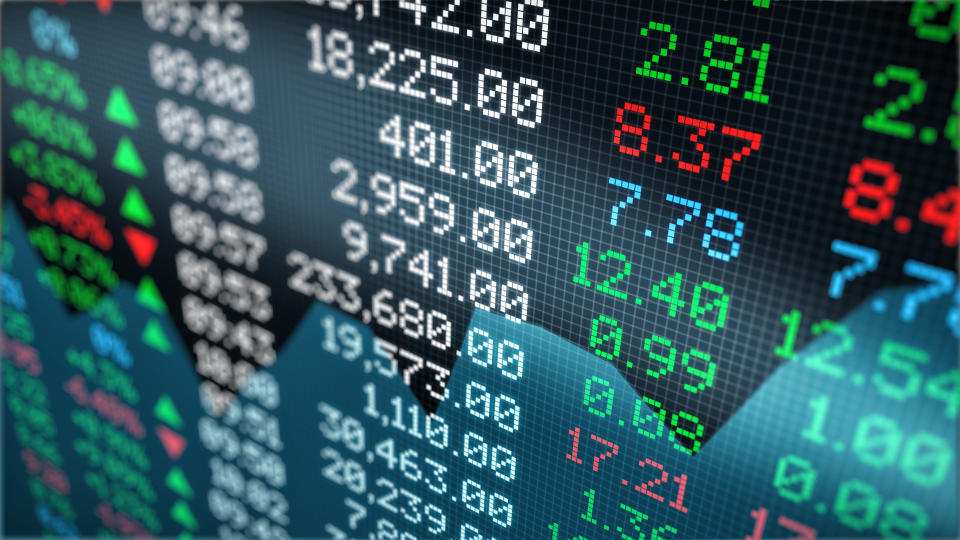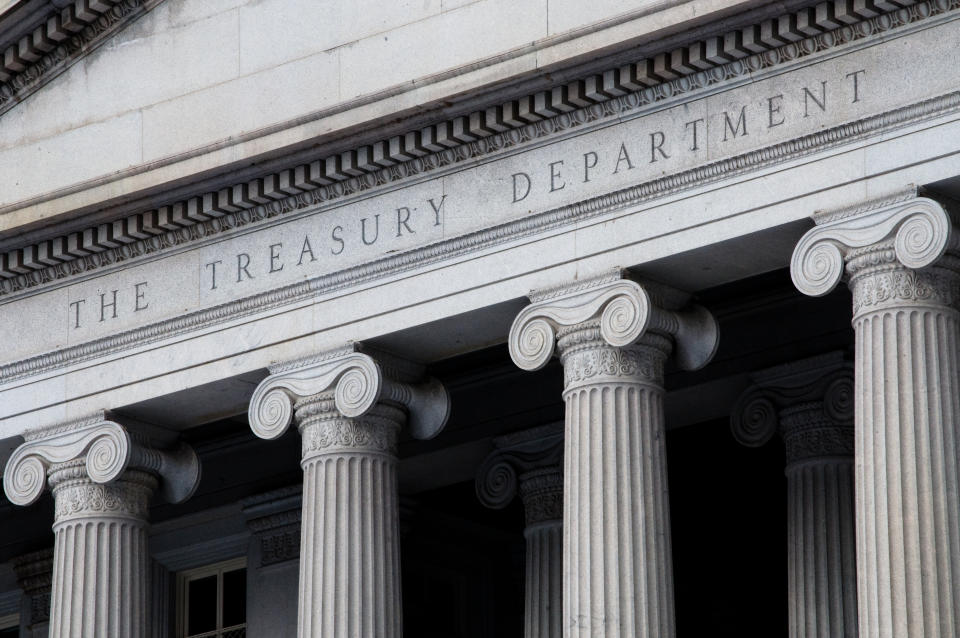Savers, it’s time for your happy dance.
Interest rates will remain high for longer in 2024. The Federal Reserve this week kept interest rates at their highest level in 23 years, while reducing its estimate for rate cuts this year from three to one.
High rates are certainly good news for short-term savers, “with top yields on savings accounts, money markets and CDs well outpacing the rate of inflation,” said analyst Greg McBride Chief Financial Officer at Bankrate.com, at Yahoo Finance.
“These rates are expected to remain above the rate of inflation for at least the next year, making them a great place for an emergency fund or any savings intended for short-term goals or expenses,” added Ken Tumin, senior industry analyst at LendingTree.
That said, the current pricing environment is even more fortuitous for retirees and those approaching retirement. I spoke to several wealth advisors to understand how these groups should approach investment decisions.
Learn more: What the Fed’s rate decision means for bank accounts, CDs, loans and credit cards
Go for the high rates
Retirees often forget to set aside enough money to cover living expenses for a year or two after retirement. There’s no better time than now to store cash in low-risk, fixed-income investments, such as Treasury securities and CDs.
A simple way to do this is to reduce some of the earnings from your stock holdings in your retirement and non-retirement accounts, which have been in shambles over the last year. The S&P 500 Index (^GSPC), for example, is up more than 24% over the past 12 months.
“When you reach retirement and start withdrawing money from your investment and retirement accounts, and markets deteriorate, retirees may find themselves in a position where they sell their investments that have declined in value for raise the cash they need. need,” Jake Sadler, founder and senior advisor at Curio Wealth, in Annapolis, Maryland, told Yahoo Finance.
“If it lasts too long, especially early in retirement, it can permanently reduce the chances that your money will last your entire life,” he said.
One strategy, especially for those near retirement: “Build a ‘risk-free’ cash reserve using high-yield CDs and money market accounts with higher rates now that you can draw on if the Markets start to work against you in the early years. retirement,” he said.
>> Learn more about high yield savings accounts, money market accountsAnd CD Accounts.
The most “attractive” options
Some certificates of deposit and high-yield savings accounts now offer rates above 5%. The most attractive CD rates – offered primarily through online banks – were recently around 5.65% for a one-year certificate.
“These provide retirees with a valuable opportunity to keep pace with inflation while keeping cash flow accessible,” Michael A. Scarpati, founder and CEO of RetireUS, told Yahoo Finance.
Although most bond funds have the same returns as savings and money markets, they carry more risk and are not FDIC insured.
“In this climate of high interest rates and uncertainty, high-yielding cash investments really are the answer. There is no need to add additional risks if we can achieve the same returns on cash positions while maintaining peace of mind,” he said.


Don’t give up on stocks
This is not an all or nothing game, however.
Higher interest rates on CDs and money markets are to be applauded, but long-term stock returns remain a more important factor in your financial security when considering your lifespan. Most people don’t consider longevity when planning for retirement.
Having enough money to live on in retirement, perhaps for three decades, can be difficult. Adding to this challenge is the fact that soaring costs for everything from groceries to health care to home insurance have never stopped.
Nearly half of all retirees say their retirement expenses are higher than expected, and about half think Medicare would cover more of their health care costs, according to a recent survey from investment manager Schroders.
Owning stocks is essential for many retirees, even decades after leaving the workforce. The possibility of living to 100 years old highlights the need for longer-term growth that improves the return on your investments.
The standard advice today is to take 125 minus your age (up from 110), and that’s the percentage of your retirement savings that should be invested in stocks. For example, for a 65-year-old with a moderate risk tolerance, their retirement account may be 60% stocks. It’s about taking advantage of the growth potential over time that stocks typically offer compared to fixed-rate options such as bonds, money markets or CDs.
If you really want to keep it simple, you can do what Jordan Belfort, author of “The Wolf of Investing,” told me: stick with an S&P 500 index fund, which so far this year is up by 10.99% and gained approximately 10.7%. % on annual average since its introduction in 1957.


The advantage of Treasury bills
Another benefit of the Fed keeping the interest rate higher is that all savers looking for a safe investment for a year or less can still get the best returns in years from Treasury bills, or bonds Treasury, short-term securities issued by the federal government. government. On June 12, the one-year Treasury bill rate was 5.13% and the six-month Treasury bill rate was 5.38%. The yield on three-month Treasury bills was 5.25% on June 11.
As long as the Fed keeps interest rates high, investing short-term money in Treasury bonds offers moderate returns coupled with tax savings since they are exempt from state and local taxes.
“Treasury bond yields remain higher than most online savings accounts and short-term CD yields and the tax benefit is key,” Tumin said.
You can purchase newly issued Treasury bills in terms ranging from four weeks to 52 weeks through your bank or brokerage, which may charge a commission. You can also buy them online for a minimum of $100 through the government’s TreasuryDirect program, commission-free.
Learn more: Types of U.S. Savings Bonds and How They Work


No risk of losing money
Another benefit of moving some of your savings into cash accounts is that you’ll be prepared for large expenses that often arise after retirement.
“The first phase of retirement can be an exciting time,” Sadler said. “This phase is often accompanied by a feeling of delayed gratification, and large expenses are very common during this time: think trips, the new car, renovations and celebrations.”
Since you know you’ll need money, say within 1 to 5 years, cash is a great place to save, he said. “There’s no risk of losing money, and with higher rates, you can earn more on what you save during this time.”
A word of caution: Remember that your reasons for holding cash don’t always change, even when interest rates fall. “If saving more cash serves a specific purpose, then honor that purpose,” Sadler said. “At the end of the day, safety is often much more important than yield.”
Kerry Hannon is a senior columnist at Yahoo Finance. She is a career and retirement strategist and author of 14 books, including “In control at 50 and over: how to succeed in the new world of work » and “Never too old to get rich.” Follow her on @kerryhannon.
Click here for the latest personal finance news to help you invest, pay off debt, buy a home, retire and more.
Read the latest financial and business news from Yahoo Finance